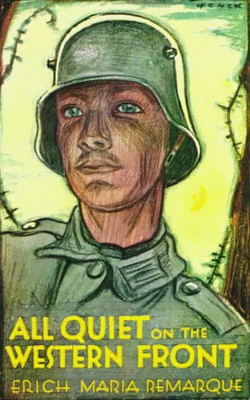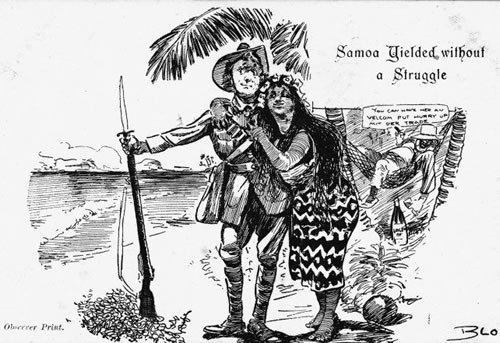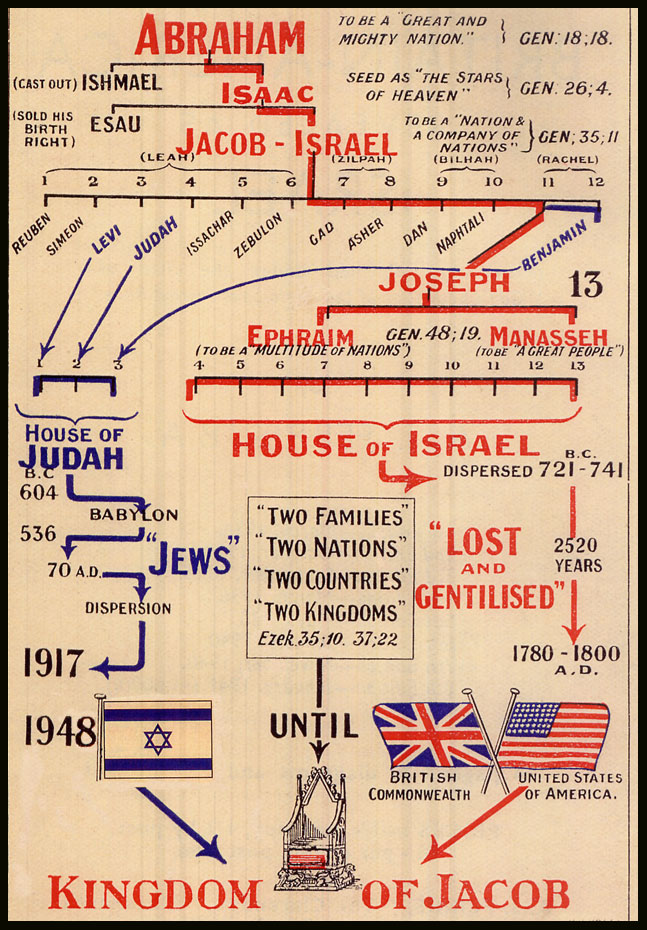Why we shouldn't censor the books we hate
Auckland's library has defended itself by pointing that it holds a single copy of the Pearl's book, that the copy was requested by a patron, and the book is classified as a religious text rather than a manual on parenting. Here's a comment I left on Giovanni Tiso's blog, where an interesting debate about censorship and libraries has begun.]
Some of the people condemning How To Train Up a Child on Facebook seem to want it banned simply because it offends them. That troubles me.
If New Zealand's libraries begin to cut books from their shelves because of campaigns by offended patrons, then I fear that they will quickly become clear felling zones. I suspect that Paul Moon's This Horrible Practice, which deals problematically with Maori cannibalism, would not last long in the Kaikohe public library, and that James Belich's revisionist histories of the Maori-Pakeha wars would be cleared efficiently from the library shelves of conservative cow towns in the Waikato.
I can imagine opponents and proponents of Nicky Hager starting their own petitions, and some unfortunate librarian being forced to tot up signatures and make the decision least offensive to library patrons.
I suspect that, once they knew that their book choices could be vetted and corrected by offended members of the public, librarians would return to their old practice of unhappy self-censorship. In 1929 Auckland, Wellington, and Dunedin's public libraries banned Erich Remarque's All Quiet on the Western Front, despite the fact that the book had been cleared for sale in New Zealand by censors, because they feared its gross account of life and death in the trenches of World War One would upset too many patrons. Scores of other important books suffered the same sort of pre-emptive strike in the first three quarters of the twentieth century.
Like the Cantabrians who recently demanded the removal of an offensively anti-Christian T shirt from their museum, the Aucklanders calling for the cutting of How to Train Your Child from their library on the grounds that it is offensive show a misunderstanding of the role that public cultural institutions play in free societies.
Just as a museum does not endorse or denounce the artefacts it exhibits, but rather uses them to tell true stories about humanity and its past, so a library does not endorse or denounce the books it holds, but rather uses them to show something of the range and intensity of opinions held by the human species. Museums and libraries should be sites of debate, where both popular and unpopular ideas can be heard and judged, rather than places that reaffirm the values of a society's dominant group.
I visited a large library in South Auckland a couple of weeks ago to hear a friend give a talk on Pacific history. While I was waiting for the lecture to begin, I grazed the shelves of the library's Pacific section. Amidst Albert Wendt's novels and Adrienne Kaeppler's homages to Tongan dancers and sculptors I spotted an ugly black and white cover stamped with the words The Parihaka Cult.
The book was written by Kerry Bolton, a former member of the New Zealand Fascist League and the National Front, and the author of such classics of contemporary conspiracy theory as The Holocaust Myth and The Banking Swindle. In the introduction to The Parihaka Cult, Bolton compares the movement led by Te Whiti and Tohu to Nelson Mandela's African National Congress and the American Civil Rights movement. For most people, such comparisons would imply a compliment, but for Bolton they are meant to show that Parihaka's protesters were part of an enormous, centuries-old conspiracy to defraud and demean the white race.
I have personal as well as ideological reasons for disliking Bolton. A few years ago he complained about some references I made to him on Radio New Zealand, and a long, complicated, and well-publicised court case followed. Bolton's complaints against me were eventually dismissed, but I had to waste time and nervous energy helping Radio New Zealand defeat him.
When I saw Bolton's defence of the Aryan race sitting in the middle of the Pacific section of a large library in South Auckland, I had a great desire to pull the book off its shelf and drop it in the nearest rubbish bin. But I didn't do this, for the same reason that I don't want Auckland libraries to rid themselves of Michael and Debi Pearl's equally grotesque book. Both texts represent part of the spectrum of opinion in our society, and both were requested by library patrons.
Instead of fearing that our fellow Aucklanders will turn into child abusers or fascists because they encounter To Train Up a Child or The Parihaka Cult, we should have confidence in the ability of our libraries to help win arguments against child abuse and fascism. I certainly don't think that Bolton's beliefs about the inferiority of Polynesian to European culture will impress anyone who encounters Adrienne Kaeppler's meticulous and passionate studies of Tongan carving and dancing, or Albert Wendt's brilliant fusion of Albert Camus and traditional Samoan storytelling.
I hope Auckland's libraries go on offending their public.
Footnote: Russell Brown has pointed out that Giovanni Tiso and Eileen Joy do not rely simply on the offensiveness of How to Train up a Child when they argue against stocking the book. They note that the book advocates and describes illegal activity that has harmed people, and suggest that it should be removed from libraries on these grounds. Here's a response I've made to them in the discussion thread at Giovanni's blog:
If a principle or precedent is set saying that books which promote and describe illegal activity that has a history of harming people shouldn't be stocked by libraries, then the door is opened for challenges to any number of volumes.
Let me give a couple of examples.
It's not hard to imagine somebody like Colin Craig or Bob McCroskie or the Taxpayers Union issuing a demand that a new edition Mike Haskins' popular Drugs: a user's guide not be purchased by Auckland Public libraries. Haskins' book talks enthusiastically and in detail about how to manufacture and consume various drugs that have, over the years, harmed or killed considerable numbers of people.
Sadie Plant's brilliant book Writing on Drugs does the same thing, in more elegant prose.
It is all too easy to imagine a wave of public opinion building in support of a campaign against these books. Who would want to read them, Colin Craig et al would ask, except meth manufacturers and cannabis growers looking to upskill? And why should public money be spent promoting books that promote illegal and harmful activities?
Although I don't use any illegal drugs, unless you count strong Fijian kava, I am fascinated by the history of hallucinogens and opiates, and by their relationship with creativity in both European and Pacific societies. I've used Plant's book as a reference in some of my writing on Tongan shamanism, art and drug-taking.
I fear, though, that if the principle that a book which advocates and describes illegal and sometimes harmful activity should not sit in a public library were established, then it would be very difficult to resist a campaign against Haskins' and Plant's books.
[Posted by Scott Hamilton]













